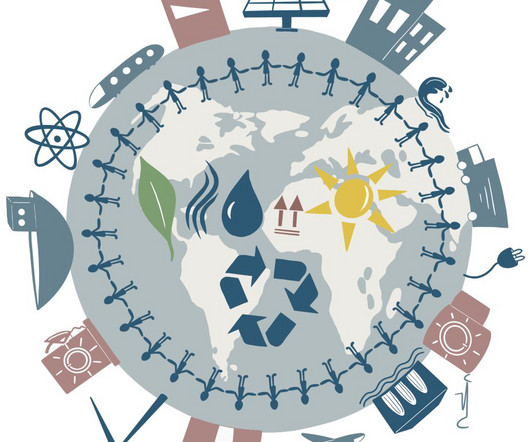Responding to the 2023 IMO GHG Strategy
The Logistics & Supply Chain Management Society
SEPTEMBER 14, 2023
Responding to the 2023 IMO GHG Strategy by Wolfgang Lehmacher, Mikael Lind and Robert Ward Illustration: Sandra Haraldson, RISE 7 July 2023 marked a historic day for the shipping sector when the International Maritime Organization (IMO) adopted its 2023 IMO Strategy on Reduction of GHG Emissions from Ships (2023 Strategy).
















Let's personalize your content